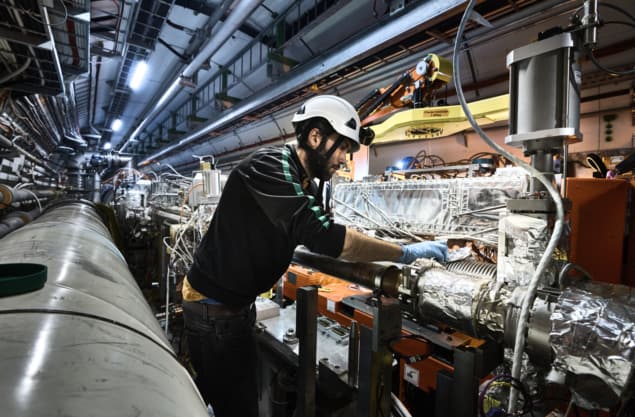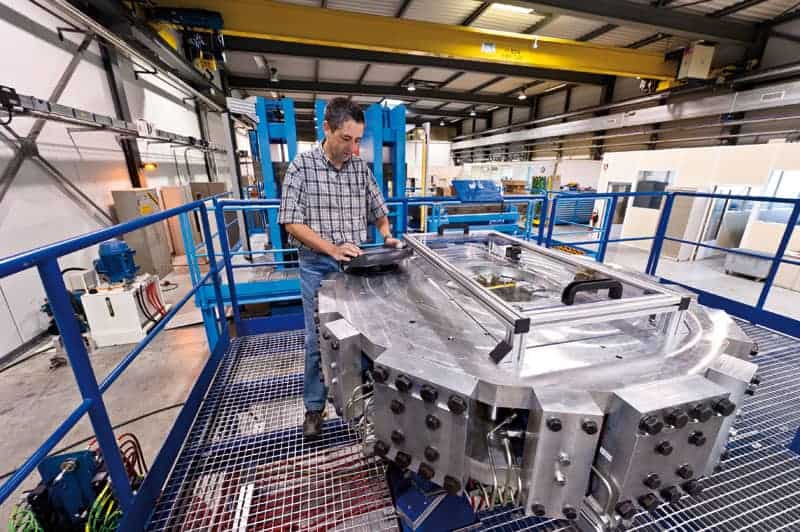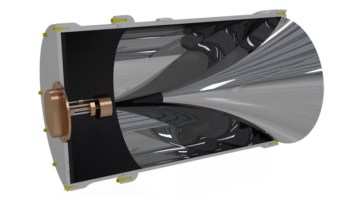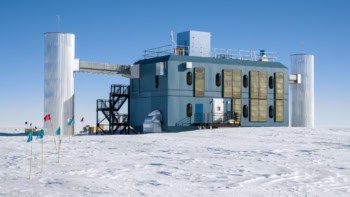
Work has begun on a major upgrade to CERN’s Large Hadron Collider (LHC) that will see the luminosity increase by a factor of 10. The High Luminosity Large Hadron Collider (HL-LHC), which will be switched on by 2026, will enable the collider’s experiments to boost the amount of data they collect to improve the possibility of detecting new particles. The HL-LHC’s components are expected to be ready in 2023 and installation will take around 30 months. The LHC will be turned off during that process.
It’s a big upgrade and a good investment
Lucio Rossi
The HL-LHC project began in November 2011 and two years later became a top priority by the European Strategy in Particle Physics. CERN approved the design report in 2015, after which researchers and engineers started building and testing prototypes at the lab. Costing around SwFr1.5bn (£1.1bn), the upgrade will require significant modification to the beam line around the two largest LHC detectors – ATLAS and CMS. This will involve upgrading about 1.2 km of the 27 km ring by including 11-12 T superconducting magnets and superconducting “crab” cavities — that reduce the angle at which the bunches cross — to increase the number of collisions at the two detectors. Making CERN’s best even better
Certain parts of the LHC ring will also be upgraded with new dipole magnets so that the LHC can handle the increase of luminosity. “It’s a big upgrade and a good investment,” says Lucio Rossi, the Italian physicist who is HL-LHC project leader. “It will double the lifetime of the LHC up to 2040.”
Rossi adds that as well as testing new collider technologies and improving the precision of existing measurement of known particles, the HL-LHC will also increase the discovery range of new particles by around 20-30% over the current LHC. This will make the LHC more sensitive to heavier supersymmetric particles. “The HL-LHC will be a bridge between the LHC and the next big collider,” says Rossi. “It will tell us where to go next.”



